Python 3 in Data Science and Machine Learning

Python 3 has emerged as a preferred tool for data handling and processing due to its unparalleled library support and user-friendly design. This high-level programming language is equipped with features that cater to the intricate needs of data management, enabling professionals to navigate large data sets with efficiency and precision. The language itself is easy […]
Basics of Circuit Simulation with Python SPICE
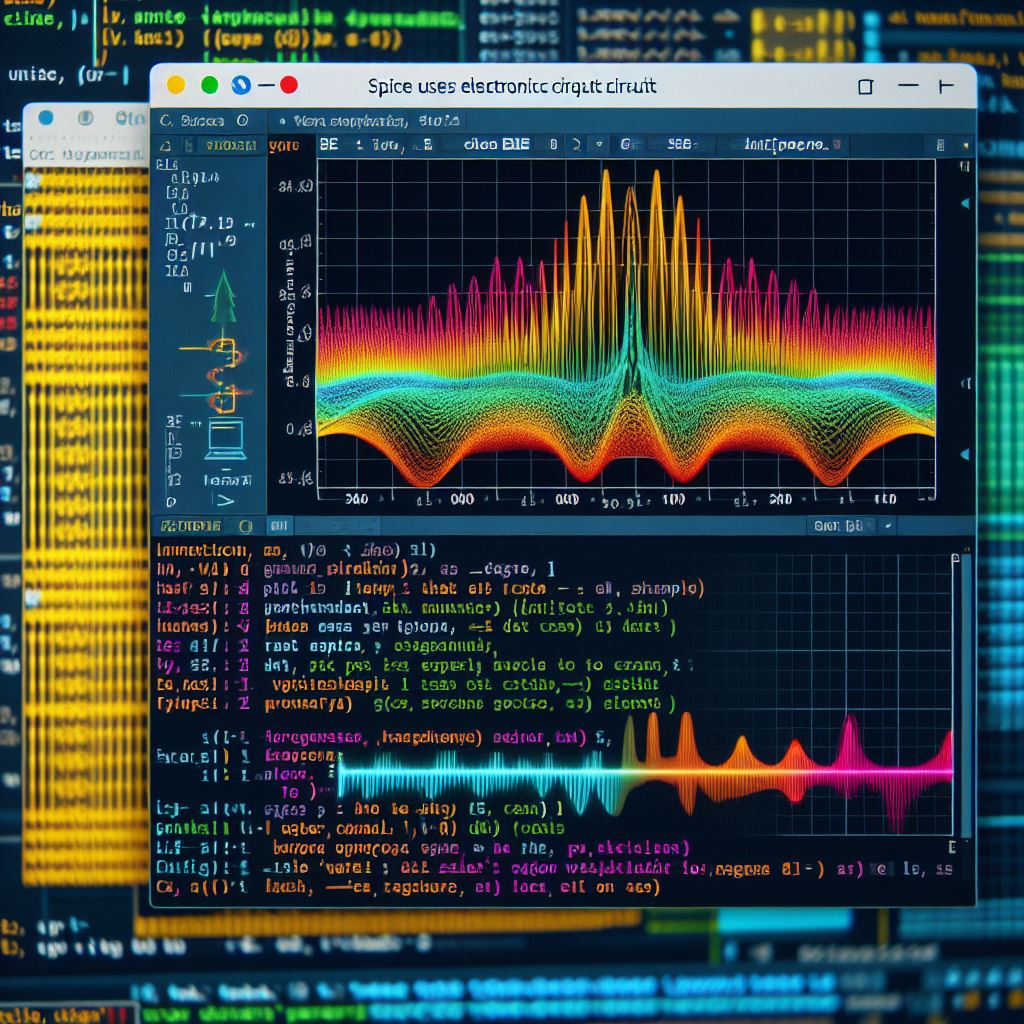
Circuit Simulation is a method of replicating the operation of an electronic circuit with software. It involves insertion of circuit parameters into a simulation program that emulates how the circuit would behave under several conditions, from the standard operating conditions to the most extreme ones. The components that conform an electronic circuit, such as resistors, […]
Python Performance Optimization

Python’s performance, often subject to debate within the programming community, is influenced by several inherent characteristics of the language, with its nature as an interpreted language being a primary factor. In contrast to compiled languages, where code is transformed into machine code before execution, Python operates on a line-by-line basis during runtime. This method of […]
Python and Natural Language Processing

Natural Language Processing (NLP) stands out as a revolutionary field, blending computer science, artificial intelligence, and linguistics. NLP aims to enable computers to understand, interpret, and respond to human language in a valuable manner. Amidst various programming languages, Python emerges as a leader for NLP due to its simplicity, versatility, and robust library support. Why […]
Unlocking the Power of Python 3 Libraries and Packages

Python 3 offers an extensive standard library that acts as a solid base for developers to build comprehensive applications. This library comes packed with pre-written code segments tackling various functions ranging from computation to network interactions. The utilization of these libraries lends itself to consistency and reliability due to the thorough testing they undergo and […]
Exploring Asynchronous Programming in Python 3 – Asyncio and Coroutines

Asyncio holds a prominent position among Python’s expansive library ecosystem as an asynchronous I/O framework. It has been an integral part of Python since version 3.5, streamlining the writing of concurrent code by employing the async/await syntax. This robust framework excels in executing IO-bound and high-level network code, simplifying complexities in the process. At its […]
NumPy, Pandas, and Matplotlib – Must-Have Python Libraries for Developers
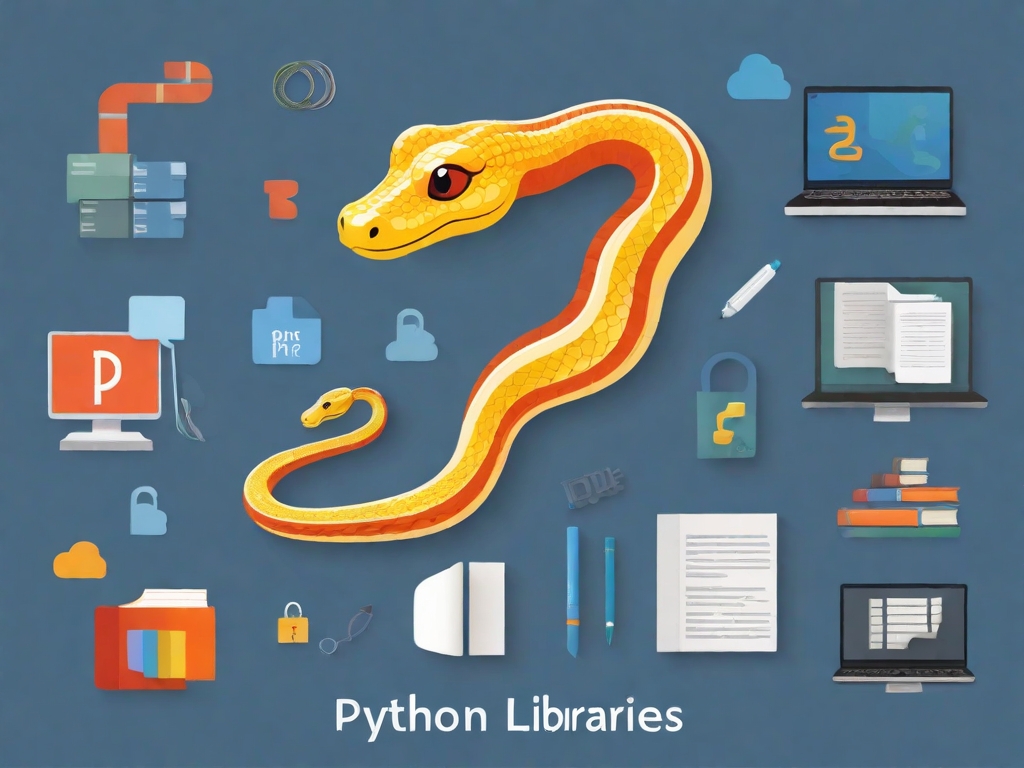
Python has become the preferred choice for developers across various domains. Its robust system of libraries contributes significantly to its popularity. Among the plenty of Python libraries, three stand out as necessary tools for any developer: NumPy, Pandas, and Matplotlib. NumPy At the heart of NumPy lies an array object that redefines efficiency in […]
Web Development with Python and the Flask Microframework
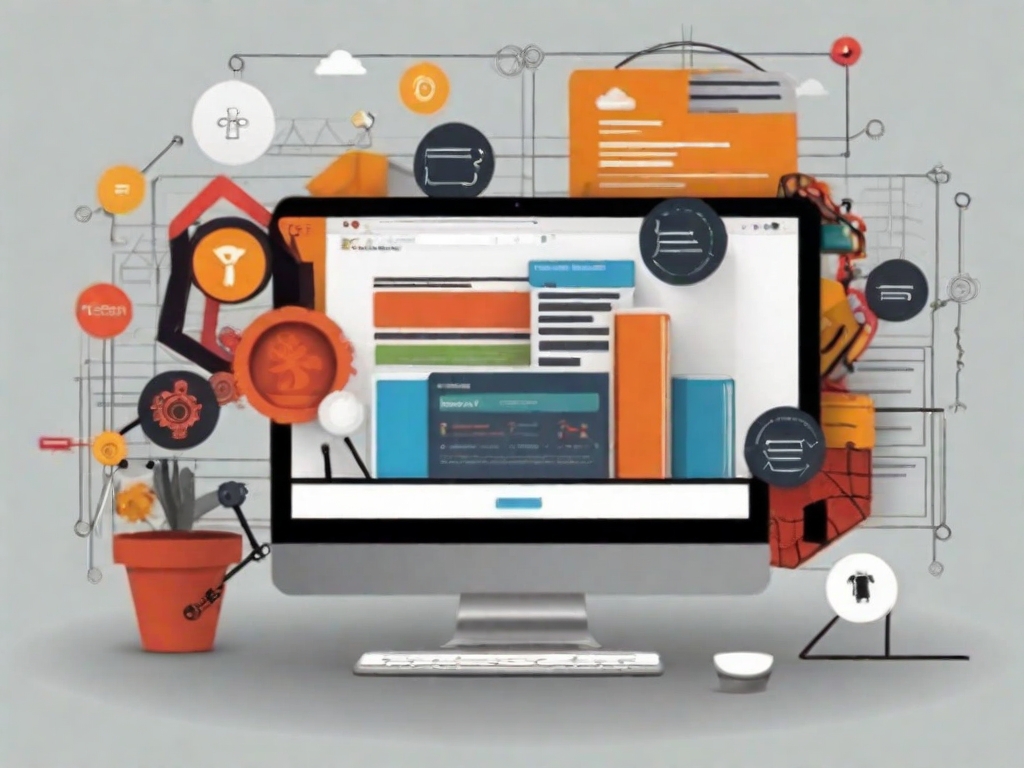
Flask is a lightweight and flexible framework designed to make web development in Python a seamless experience. It simplifies the process of building web applications by providing a straightforward structure. Its minimalistic approach allows developers to focus on crafting robust applications without being weighed down by unnecessary complexities. Python’s readability and versatility make it an […]
Python Libraries for Data Visualization
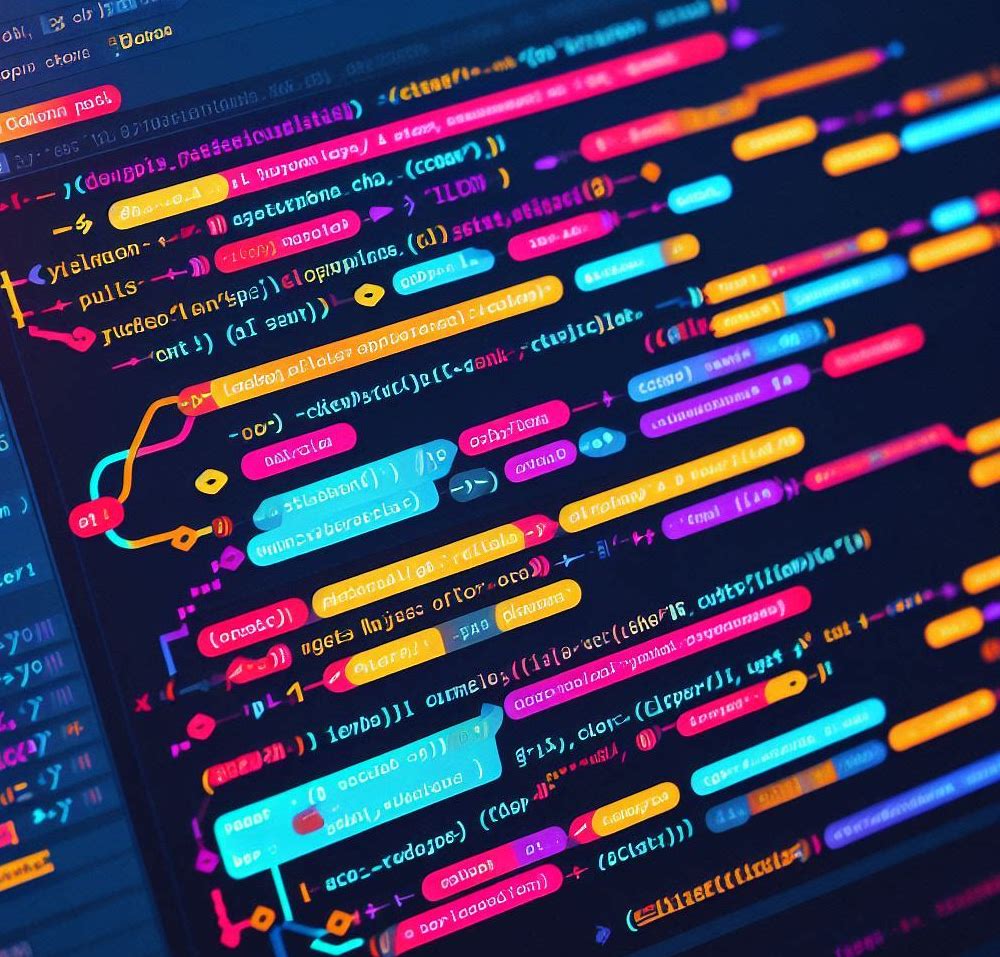
Python remains the language of choice due to its high-level, extensive collection of libraries specifically tailored for data visualization. These libraries serve as powerful tools that can transform raw, often convoluted data into compelling graphical narratives, making data interpretation more intuitive and impactful. The first and one of the most commonly used libraries is Matplotlib. […]
Understanding Pythonic Code
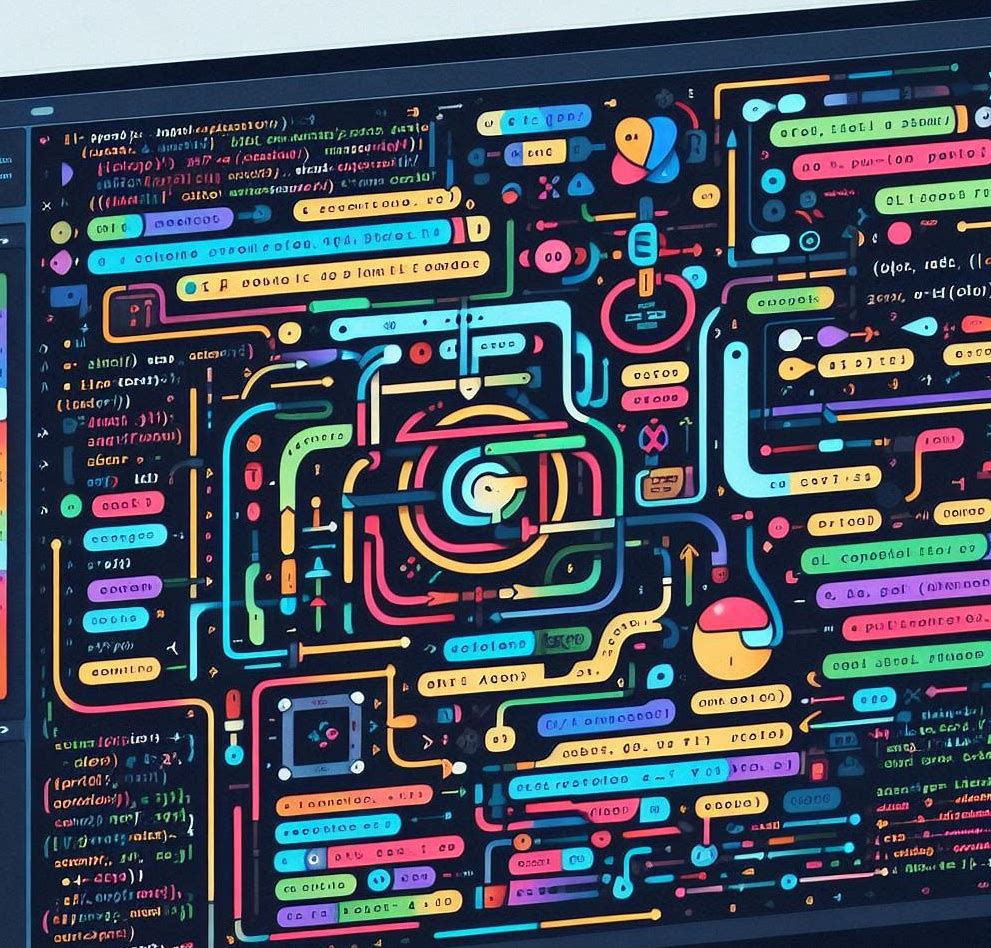
Pythonic code goes beyond writing code in Python syntax. It involves embracing the Guido van Rossum-created philosophy underlying Python, which emphasizes simplicity and readability. By following this philosophy, developers adhere to Python’s syntax, align with its culture, and learn to use its idiomatic expressions, which results in the creation of Pythonic code. Pythonic code carries […]